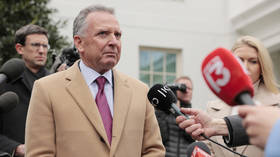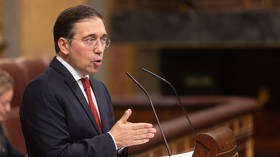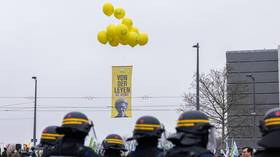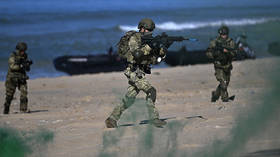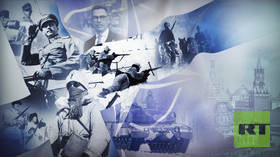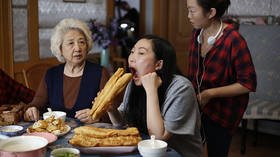‘No guns in this war, but it’s SCARIER:’ Medics show RT real coronavirus FRONTLINE in Moscow hospitals (PHOTO, VIDEO)
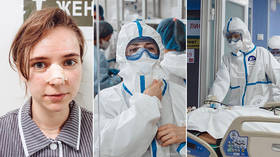
With the Russian capital gripped by Covid-19, RT has visited Moscow’s top hospitals to look into the struggles of the medics during the pandemic and learn why they now compare their job to being on the front lines of a war.
With at least 52,763 confirmed cases and the death toll of 456 people, Russia hasn’t yet reached the peak of its coronavirus epidemic. It’s expected to come by the beginning of May and the medical workers in Moscow, which has been hit the hardest by the disease, are bracing themselves.
The situation is already harsh enough for them to refer to it as “a war” in conversations with each other and journalist Anton Krasovsky, the author of the ‘Epidemic’ series on RT’s Documentary channel (RTD).
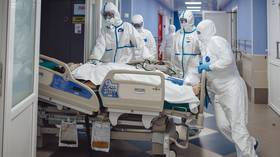
“We’re on the frontline. It may be invisible. There are no guns or cannons. But I’d say it’s even scarier,” said Valery Vechorko, the chief doctor at the City Clinical Hospital No. 15.
Vechorko’s words don’t seem an exaggeration at all, as his hospital accepts between 150 and 300 new coronavirus patients every day. There were more than 1,500 beds occupied by the infected at the moment of RTD’s visit.
Those figures translate into an immense workload for the doctors, and the obligatory protective gear they have to constantly wear during their exhausting 12-hour-long shifts doesn’t make things any easier.
The faces of the staff bear the unmistakable marks left by the glasses and masks. They resembled deep wrinkles or scars, and will remain in place until the epidemic is finally over.
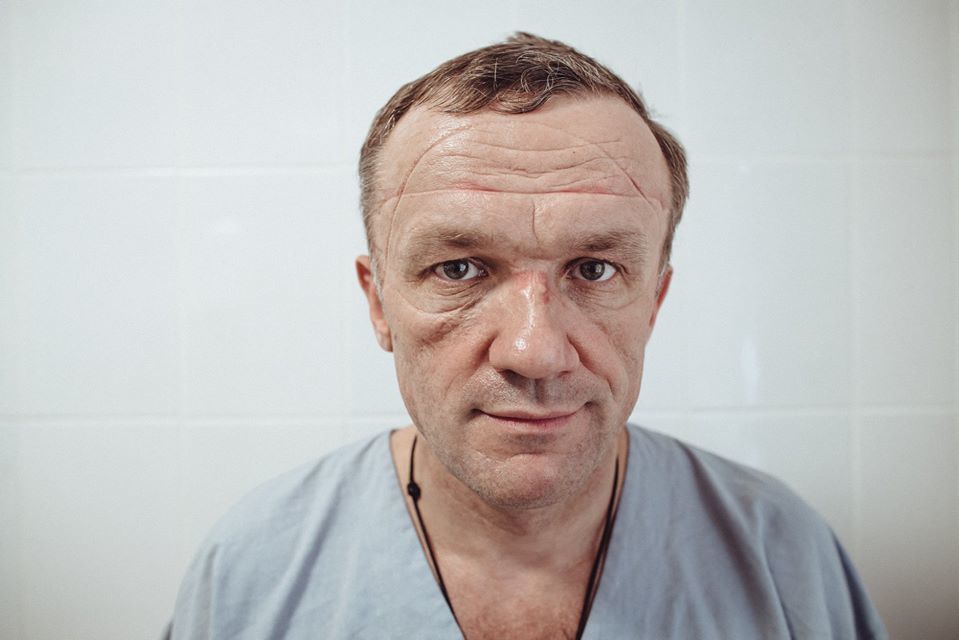
“I hope they’ll be recognizing us by those marks and serve us ahead of the line in various establishments, at least for some time,” Vechorko laughed as he showed a scratch on the bridge of his nose to the cameras.
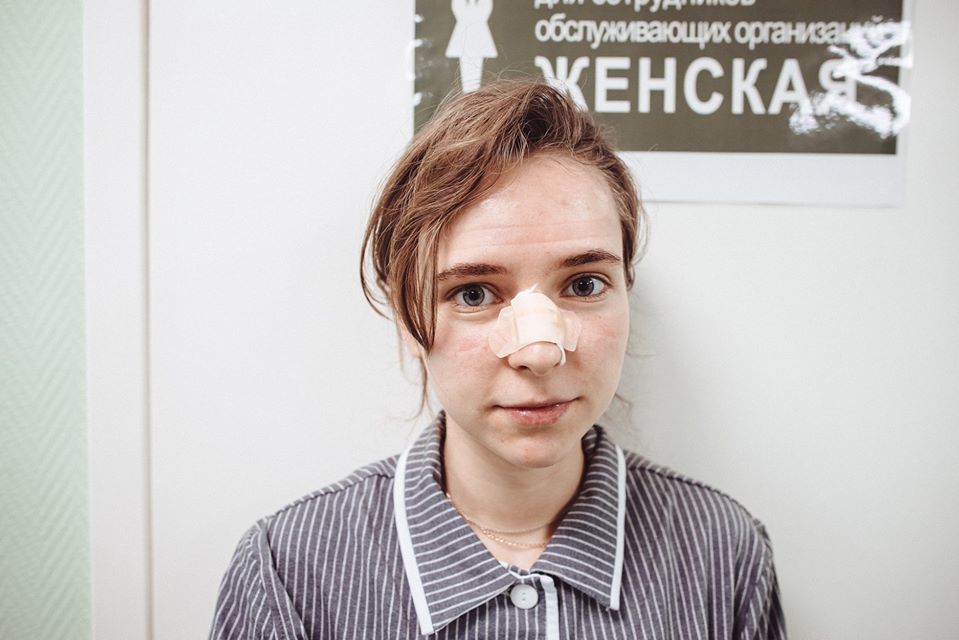
The Covid-19 epidemic is a lonely struggle for many doctors and nurses, as they chose to self-isolate from their loved ones so as to remove them from the risk of getting infected.
I’m not afraid for myself. I’m only afraid for the others.
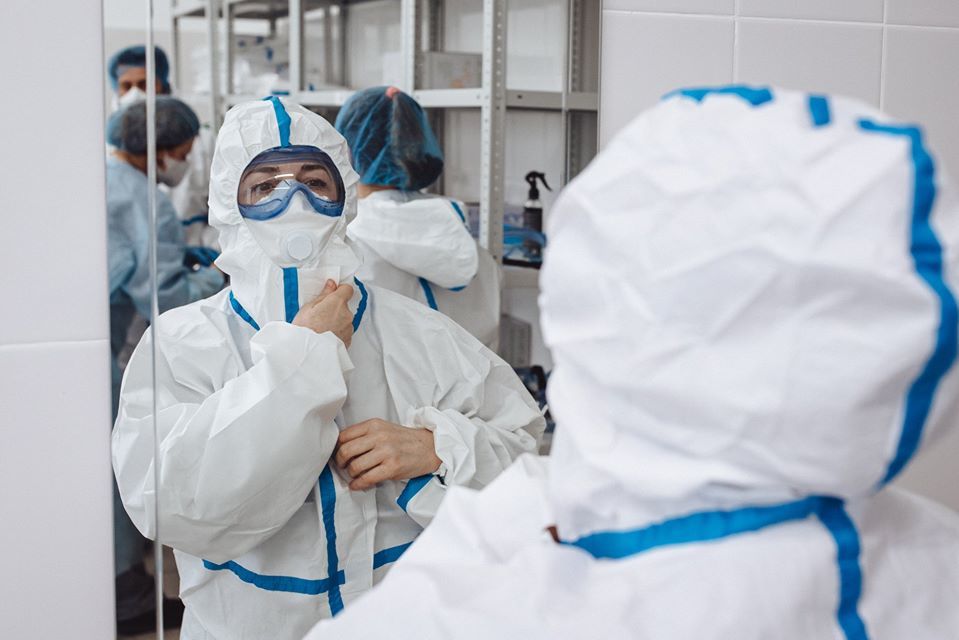
Suits, gloves, masks and glasses are said to provide sufficient protection, but the coronavirus is highly contagious and some medics still get sick. The crew has encountered at least several such doctors-turned-patients in the so-called ‘Red Zones’ of the hospitals, where those infected with Covid-19 are treated.
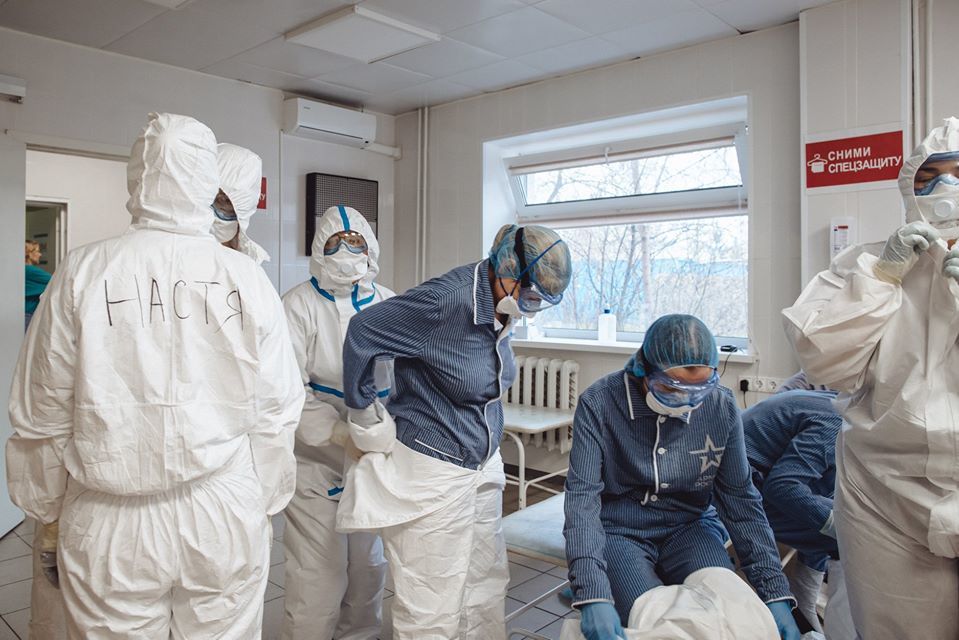
Patients in those areas range from those who say they didn’t feel acute symptoms to those not available for comment as they have been hooked up to a ventilator, with their lungs failing to saturate blood with enough oxygen.
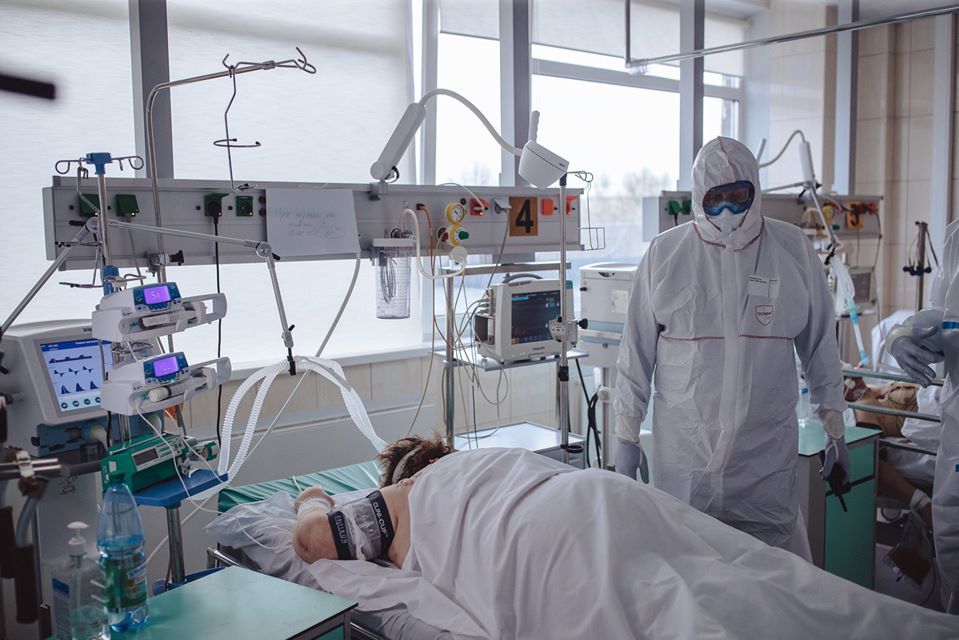
The young ones are not spared. An 18-year-old National Guard serviceman spoke to RTD in the hospital corridors after testing positive for Covid-19 while in his unit. He didn’t feel sick at all, despite the computer tomography revealing a bilateral pneumonia.
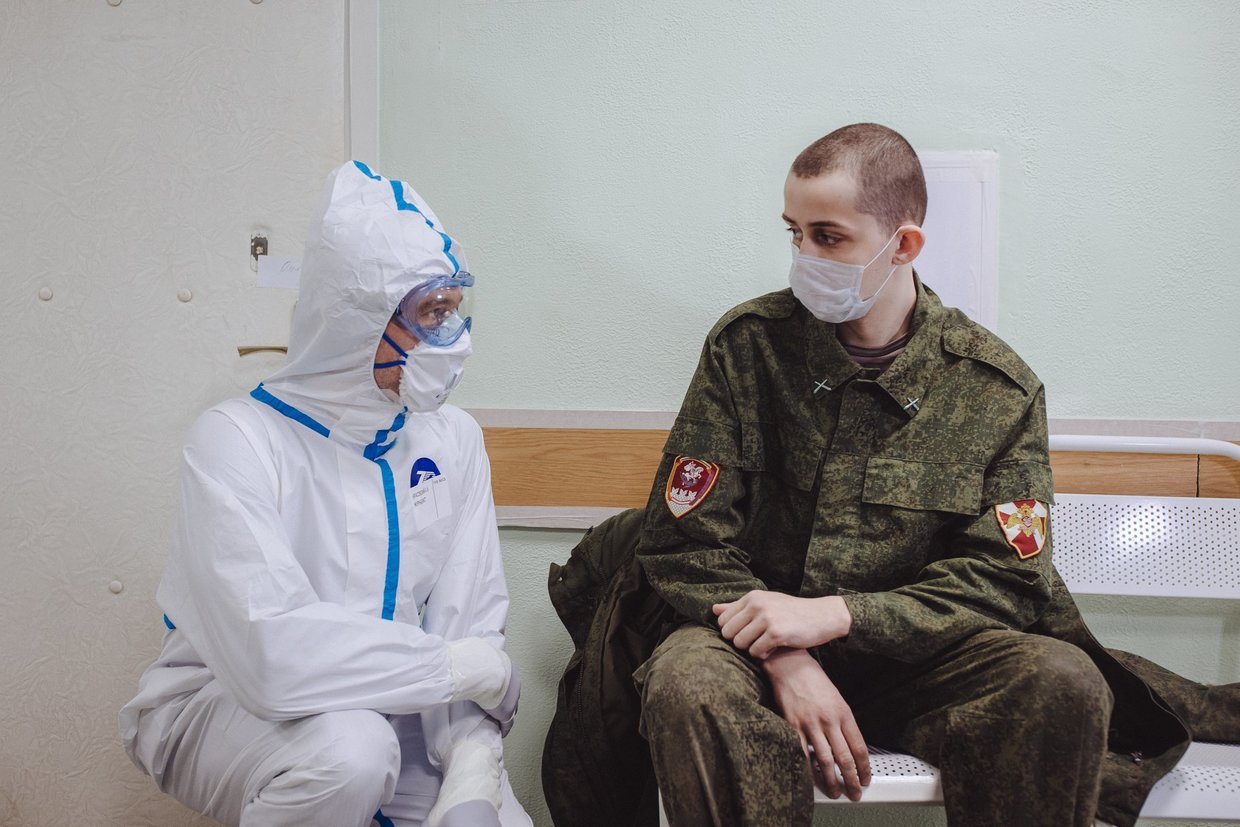
There was also a woman arrived at the Lapino Clinical Hospital to give birth, but then was diagnosed with the coronavirus. She had the lighter form of the disease, which is typical for many younger people, but it’s not always the case.
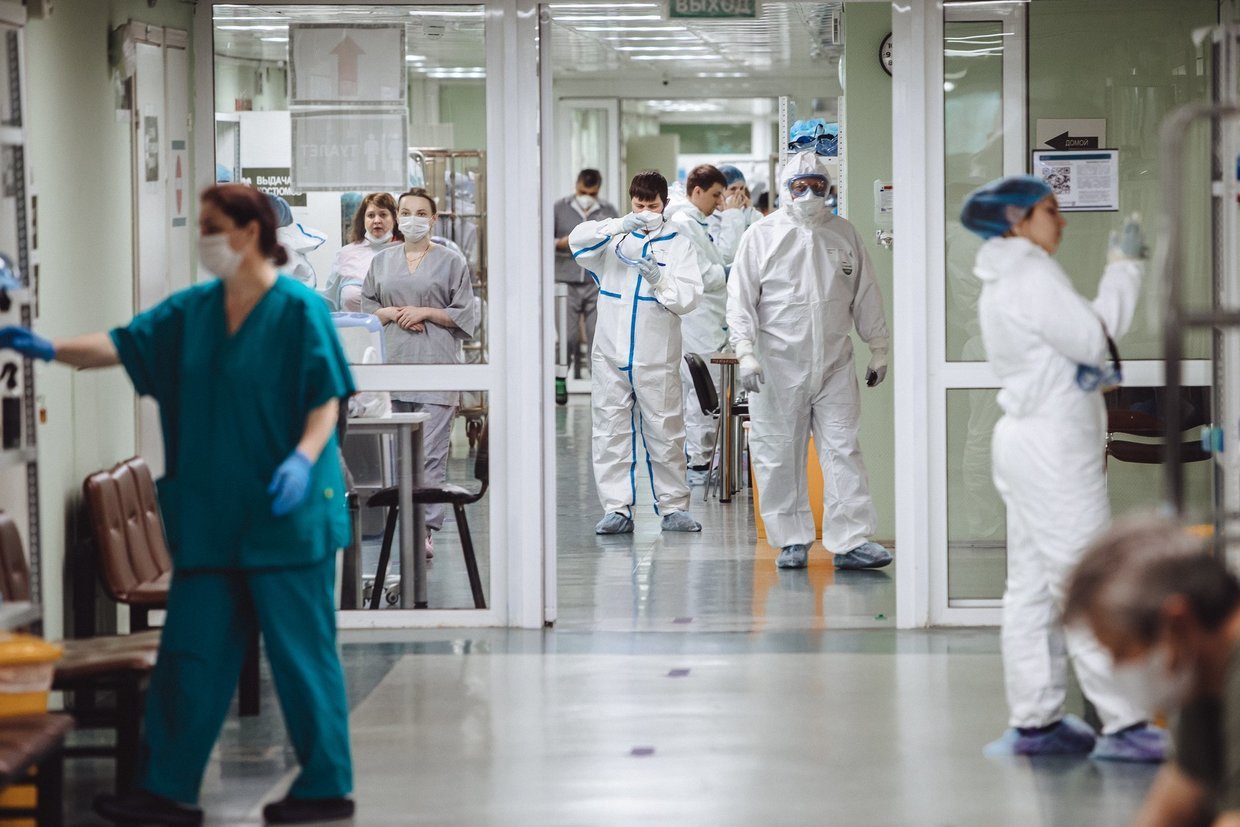
The hospital has received a “rather large number” of patients aged between 20 and 50 who had a severe form of Covid-19 with fever, intoxication and respiratory problems, in some cases requiring ventilation, acting chief doctor Nadezhda Rumyantseva told RTD.
What they’ve taught us initially that the disease is the harshest on the elderly, those over 65… we don’t see a 100 percent confirmation of this here
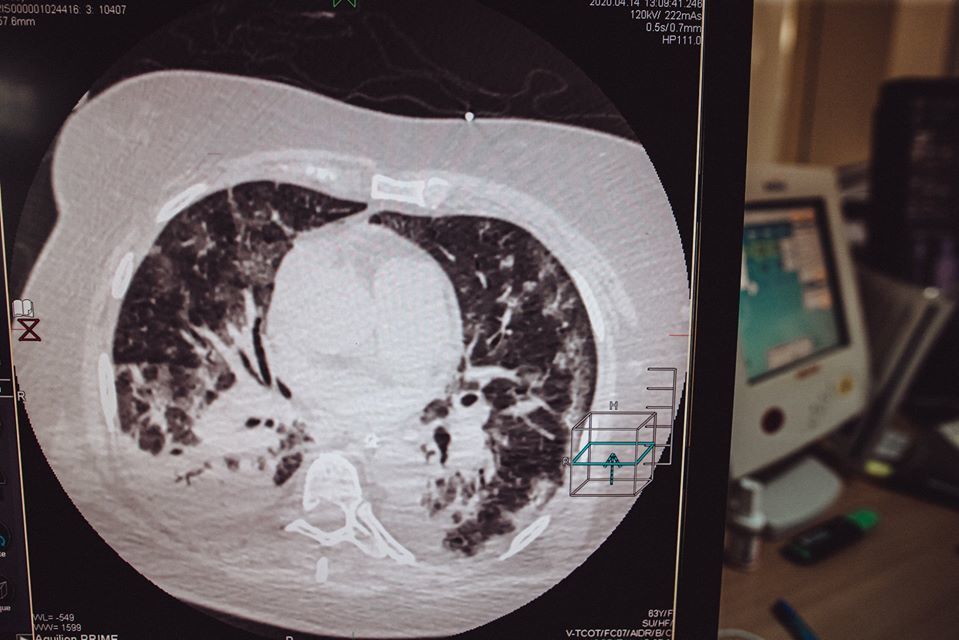
RTD crew was shown a 17-year-old girl who didn’t have any of the health problems believed to be complicating the coronavirus – such as excessive weight, diabetes, high blood pressure or heart conditions – but she was still in critical condition and hooked up to a ventilator.
“That’s the severe form of the disease for you,” the doctors said.
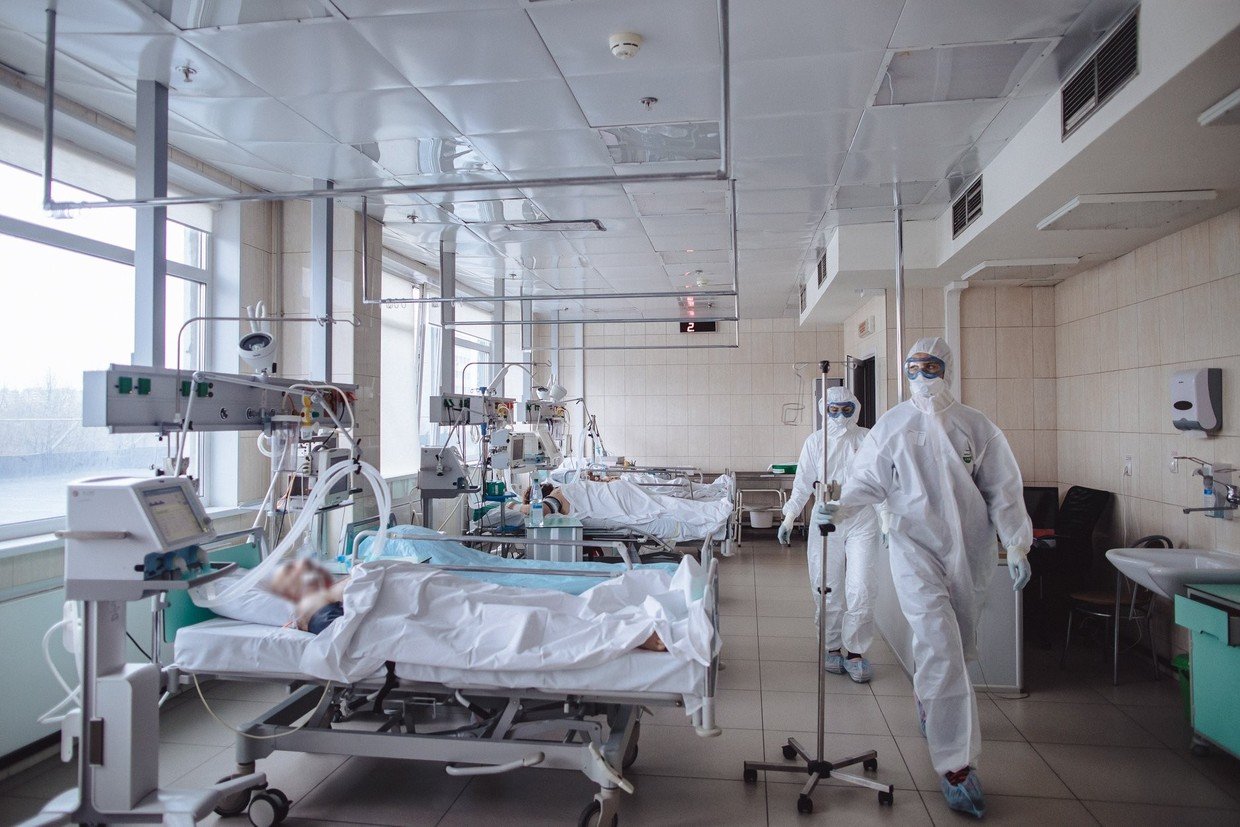
Adaptive lung ventilation has earned some bad rap during the coronavirus pandemic, with some statistics showing that 80 percent of such patients never recover. However, the Moscow doctors are calling the numbers “a lottery,” and say that every life is worth fighting for – and that no ventilators would mean a 100 percent death rate for such patients.

“The [stats] are only telling us that there’s a chance [to save the patients] and it can and should be realized,” Boris Silayev, deputy chief doctor for emergency care at Hospital No. 15, told RTD.
If you like this story, share it with a friend!


